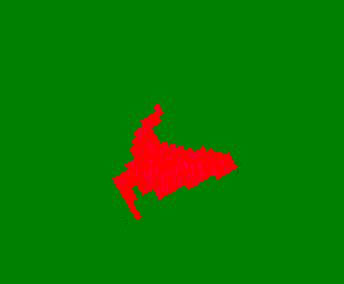Currently, when I rotate the image using SpriteBatch.Draw() the image is rotated after it is scaled. Resulting in:

Which is using the code
public override void Draw(GameTime gameTime) {
sprite_batch.Draw(
texture,
parent.position,
new Rectangle(0, 0, (int) 25, (int) 25),
Color.White,
rotation,
new Vector2(texture.Width/2, texture.Height/2),
new Vector2(2, 2),
SpriteEffects.None,
0f);
}
However what I would like to see is more on the grounds of

I've tried to directly edit the texture itself instead of rotating using spritebatch, only I have found that it was incredibly inefficient.
Edit 1:
I am currently looking around at RenderTarget2D and such. Possible solution to my problem.

